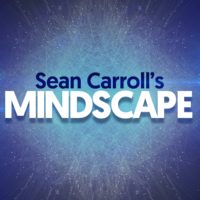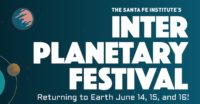ComplexityExplorer.org course ‘Origins of Life
Origins of Life: Chemical Comminalties – Early Metabolisms – An Introduction by Kate Adamala.
ComplexityExplorer.org course ‘Origins of Life
Origins of Life: Chemical Comminalties – Early Metabolisms – An Introduction by Kate Adamala.
Kate gave talk at the Designer Biology: From proteins and cells to scaffolds & materials; in Newcastle UK
http://designer-biology.org/
![]()
Kate’s episode on Sean Carroll’s Mindscape podcast is live.
https://www.preposterousuniverse.com/podcast/2019/07/22/56-kate-adamala-on-creating-synthetic-life/

Kate gave talk at the Society for Molecular Biology and Evolution annual meeting in Manchester, UK
|
|
Biology on sample size of more than one |
Interview with Kate about Build-a-Cell
Kate participated in origin of life panel at the Interplanetary Festival in Santa Fe.
https://interplanetaryfest.org/

Kate organized Build-a-Cell session at SEED 2019.
![]()
Breakthrough Discuss 2019 was held at UC Berkeley April 11-12, 2019. The theme, “Migration of Life in the Universe,” brought together an all-star group of astronomers, biologists, chemists and other experts to discuss whether and how primitive life can move between planets and stars, and if that is how life began on Earth.
Kate Adamala | Life, But Not Alive: Breakthrough Discuss 2019 .